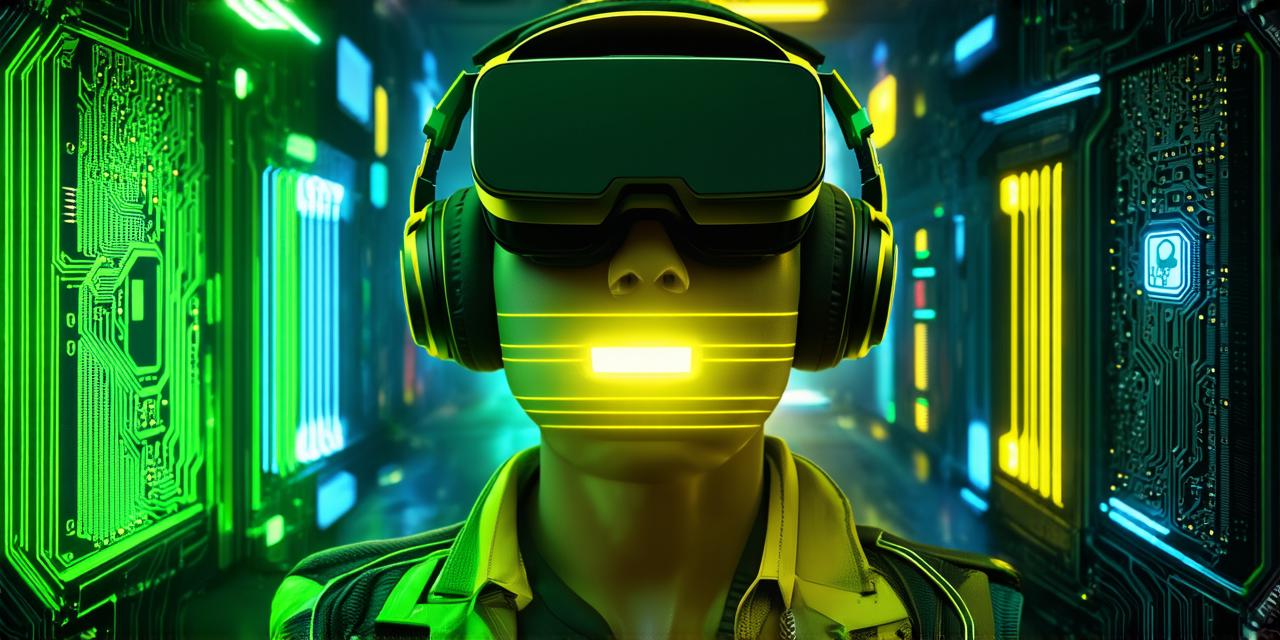Virtual reality (VR) technology has been around for decades, but it wasn’t until the 1980s that we started to see real advancements in this field.
From its beginnings in military and scientific research to its current applications in gaming, entertainment, and education, VR technology has come a long way.
In this article, we will explore the origins of virtual reality technology, from its early developments to its modern-day applications. We’ll also take a look at some of the key figures and milestones that have shaped the field, as well as the challenges and opportunities that lie ahead for VR developers.
Early Developments

The idea of creating an artificial environment that could be experienced as if it were real dates back to the early 20th century. In 1903, Russian scientist Ivan Pavlov introduced a technique called “artificial conditioning,” which involved exposing animals to various stimuli in order to train them to respond in certain ways. This technique laid the groundwork for later developments in VR technology.
In the 1960s, American scientists Saul Perlmutter and Ivan Sutherland began experimenting with computer-generated environments that could be experienced through a head-mounted display (HMD). Their work led to the creation of the first virtual reality system, known as the “Sword of Damocles.” This system used an HMD to track the user’s movement and create a 3D environment that responded to their actions.
Milestones in VR History
The 1980s saw several milestones in the development of virtual reality technology. In 1982, computer scientist Jaron Lanier introduced the concept of “virtual reality” at a conference in California. He coined the term to describe an environment that could be experienced as if it were real, and which could be manipulated by the user through specialized equipment.
In 1984, researchers at the University of Utah developed the first VR system to use polygons to create a 3D environment. This system, known as the “Cave,” used a series of mirrors to create an immersive experience that could be viewed from any angle.
In 1986, British computer scientist Tim Berners-Lee invented the World Wide Web, which would later become a key platform for virtual reality experiences. The web allowed users to access and share information and content from anywhere in the world, making it easier to create and distribute VR experiences.
Modern Applications of VR Technology
Today, virtual reality technology is used in a variety of applications, including gaming, entertainment, education, and healthcare.
In gaming, VR allows players to fully immerse themselves in a digital world and interact with characters and objects in a way that was previously impossible.
In entertainment, VR has been used to create immersive experiences for movies, concerts, and other events. For example, the 2016 film “The Revenant” used VR technology to create an intense, visceral experience for viewers.
In education, VR is being used to create simulations that allow students to learn about historical events or scientific concepts in a more interactive and engaging way. For example, students can use VR to explore the ancient city of Pompeii or to dissect a virtual specimen of a plant or animal.
In healthcare, VR is being used to treat conditions such as PTSD, phobias, and chronic pain. By creating realistic simulations of triggering events, therapists can help patients overcome their fears and manage their symptoms in a safe and controlled environment.
